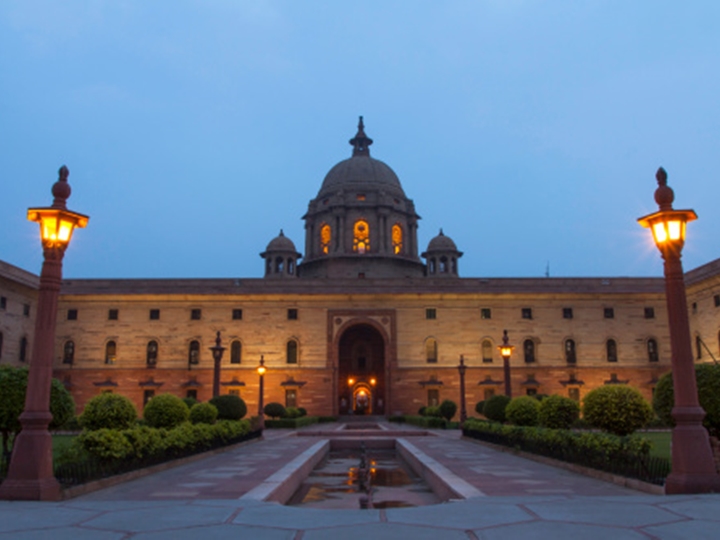
Introduction:
The Election Commission have announced the election of India’s next President on July 18.
Lets take a look at the voting procedure, how the votes of MLAs and MPs are weighted, and how previous elections have played out.
On July 18, elected MLAs and MPs across the country will vote to elect India’s 15th President. Under Article 62(1) of the Constitution, “an election to fill a vacancy caused by the expiration of the term of office of President shall be completed before the expiration of the term”. President Ram Nath Kovind’s tenure ends on July 25.
The election for the office of the President of India takes place by an electoral college comprising the members of both the houses of Parliament and the members of the legislative assemblies of all the States and Union Territories.
Nomination:
Nomination process for the post of The President of India- As determined by the Election Commission, a prescribed form (Form 2) in accordance with the Presidential and Vice-Presidential Election Rules, 1974 have to abided by while filing the candidate’s nomination. The said form is then accepted by while filing the candidate’s nomination. The said form is then accepted by at least 50 electors as proposers and at least 50 electors as secondary.
The nomination paper after completion has to be then presented to the Returning Officer on any day except a public holiday. The papers can be filed either by the candidates themselves or by any of their supporters.
Subsequently, a payment of Rs 15,000 is made as security deposit by the aspiring candidate to the Returning Officer. The payment can be made in cash or cheque exhibiting that the deposit has been made in the Reserve Bank of India or in a government treasury.
Conclusion:
A certified copy of the entry needs to be presented by the candidate displaying his name in the electoral roll for the Parliamentary Constituency in which the candidate is listed as an elector.
READ MORE- Special pen to mark the vote in president election












